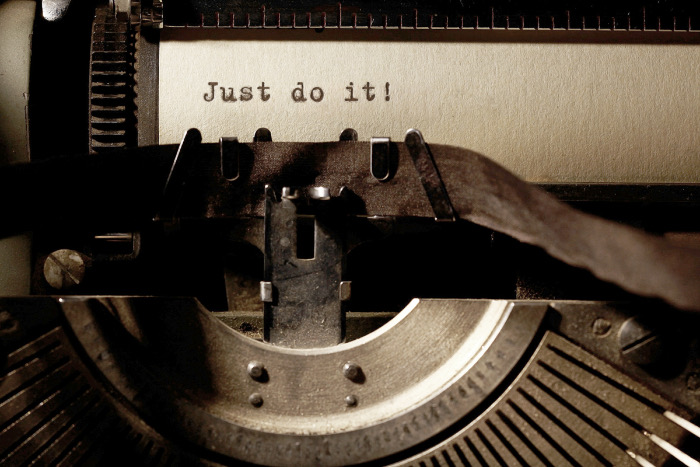How to Write a Book
I admit that “How to Write a Book” sounds like clickbait, but it’ll come to that – eventually. I’m planning on documenting the process of writing my first non-fiction book here, so you’ll see how to do it, post by post.
Or, to be more exact, how I do it. There’s, of course, no silver bullet, no handy manual on how to actually write a book. If anybody claims that, they’re lying. Or delusional. Sure, you can learn some of the technicalities: show, don’t tell; kill your darlings*; beware of adjectives and adverbs. And so on. But there are no shortcuts or miracle solutions; you learn how to write by writing and reading a lot. There’s no way around it.
I’ll document what I do here, on the blog, and I hope you’ll find it inspirational, if not instructive.
My Winding Path to Writing a Book
So (gulp) writing my first non-fiction book. It’s the book I needed to read myself, a (not always so) gentle push to live my creativity, let go of the fear and just do it. Write the book. Create the collage. Take the photo. Just do it!
I always thought that I didn’t have enough time or energy to be creative, to do the things I wanted to do while I was climbing the corporate ladder. Given enough time, I’d dazzle the world with my art.
And, lo and behold! November 2019 came and I resigned my fancy job at Microsoft. “Now I’ll show them!” Or not.
2020 was NOT the year my books would be written, or stunning photos exhibited. True, Covid-19 made everyone’s lives a misery, but even so, I thought I’d do more with my freedom. Instead, I agonized about every word, every photo; nothing I did was good enough, and the fear paralyzed me.
It took most the 2020 to figure it out. I dragged myself out of the hole I had dig myself in, found new routines and created a plan. Hence, the non-fiction book.

Getting Started
To start with, I need to do some research. I’m sorry I cannot say more about it. I don’t like being secretive, and I’m not afraid of somebody stealing my idea. Ideas are dozen a dime; it’s the execution that counts. No, what I’m afraid of is jinxing it. (It seems I haven’t conquered all my fears, after all.) I may share more later if I start feeling more comfortable.
Before diving into that pile of books (and it’s a symbolic pile since almost all my books nowadays are electronic), I do need to have a proper reading list. I’m sure my future me will thank me.
Cal Newport has a great article on building a research database, and I think I’ll keep it simple with an Excel file. There are more advanced ways, but I feel an Excel file meets my needs. I don’t want to over-complicate things; I like to keep things simple.
That’s it for now. I’ll cover the research phase and building the research database in the next posts.
* About killing your darlings. The saying has been attributed to many authors, from Oscar Wilde, Eudora Welty and William Faulkner to G.K. Chesterton, Chekhov and Stephen King.
King leads this attribution game nowadays, very likely due to this sentence from his excellent book On Writing: “Kill your darlings, kill your darlings, even when it breaks your egocentric little scribbler’s heart, kill your darlings.”
Most scholars point to British writer Sir Arthur Quiller-Couch.“If you here require a practical rule of me, I will present you with this: ‘Whenever you feel an impulse to perpetrate a piece of exceptionally fine writing, obey it—whole-heartedly—and delete it before sending your manuscript to press. Murder your darlings.’”, he wrote in his book On the Art of Writing.
Related Posts
- Ray Bradbury’s Writing Advice For Writers To Be
- How To Handle Creative Blocks & Avoid Distraction
- Writing Lately
If you liked this post, share it on your preferred social network or forward it to a friend.